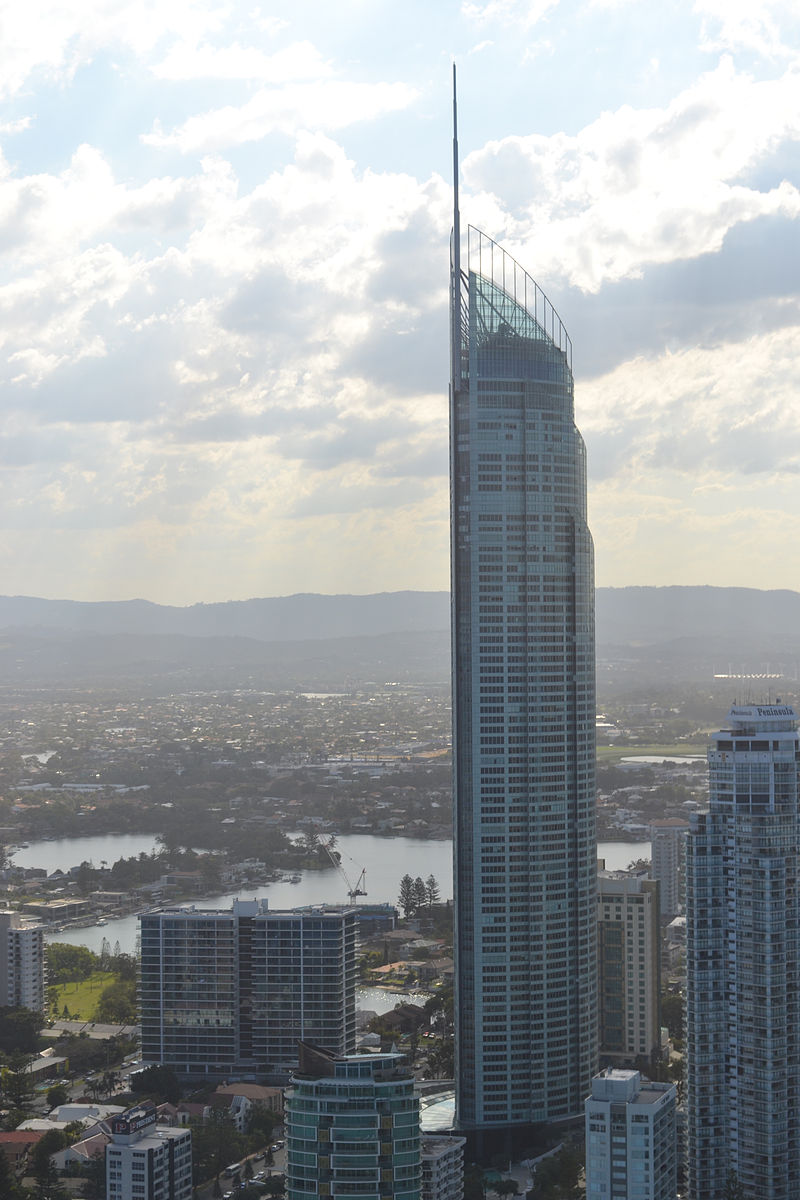
SDEWES INDEX
related metrics presents an opportunity to trigger policy learning, action, and cooperation to bring cities closer to sustainable development.

The 1st Asia Pacific SDEWES co-organizers are the Griffith University in South East Queensland, Australia. Griffith is a comprehensive, research-intensive university, ranking in the top 2% of universities worldwide. Teaching and research spans on their six campuses in South East Queensland and all disciplines, with 50,000 students and a network of more than 200,000 graduates around the world.
With more than 18,000 students, Griffith's Gold Coast campus is the largest of all campuses and boasts a range of state-of-the-art facilities and offers teaching and research in almost all disciplines. Located just minutes from the Gold Coast’s world-famous beaches, the campus offers a dynamic and exciting student lifestyle, with extensive sporting amenities, handy on-campus services and a range of cafes and restaurants. Students and visitors can also relax in the Red Zone, which features interactive technology and massive projection displays showcasing the latest research from Griffith.
The Gold Coast is a coastal city in the Australian state of Queensland, approximately 66 kilometres (41 mi) south-southeast of the state capital Brisbane and immediately north of the border with New South Wales. In fifty years, Gold Coast City has grown from a small beachside holiday destination to Australia's sixth largest city (and the country's most populous non-capital city) with a census-estimated 2016 population of 638,090
 Today, the Gold Coast is a major tourist destination with its sunny subtropical climate and has become widely known for its surfing beaches, high-rise dominated skyline, theme parks, nightlife, and rainforest hinterland. The city is part of the nation's entertainment industry with television productions and major film industry.
Today, the Gold Coast is a major tourist destination with its sunny subtropical climate and has become widely known for its surfing beaches, high-rise dominated skyline, theme parks, nightlife, and rainforest hinterland. The city is part of the nation's entertainment industry with television productions and major film industry.
Since the 1870’s the Gold Coast region has been a favourite destination for holidaymakers. Today, the Gold Coast is widely regarded as Australia’s most popular holiday destination and the nation’s fourth largest tourism economy. Famous for sun, surf and sand, the city offers a vibrant mix of shopping, accommodation, theme parks, golf courses, restaurants, entertainment and an abundance of natural attractions for all to enjoy - including beaches and waterways to the east and stunning hinterland ranges and forests to the west.
The Gold Coast experiences a humid subtropical climate, with warm winters and hot, humid summers. The region receives an average of 10 hours of sunshine a day for approximately 300 days per year; with an average summer temperature measuring 19–29 degrees Celsius and an average winter temperature measuring 9–21 degrees Celsius. The city experiences substantial summer precipitation mostly concentrated in thunderstorms and heavy showers with rain events occasionally lasting up to a few weeks at time giving residents "the summer blues", while winter is pleasantly mild to warm with little rain. In fact, it is for this pleasant winter weather that both the city and the Sunshine Coast—the coastal region north of Brisbane—are internationally renowned.
http://www.goldcoast.qld.gov.au/default.html
Info about the currency:
The currency in Australia is the Australian dollar ($ or A$ or AU$). Australia's currency comprises coins of 5, 10, 20 and 50 cent and one and two dollar denominations; and notes of 5, 10, 20, 50 and 100 dollar denominations.
